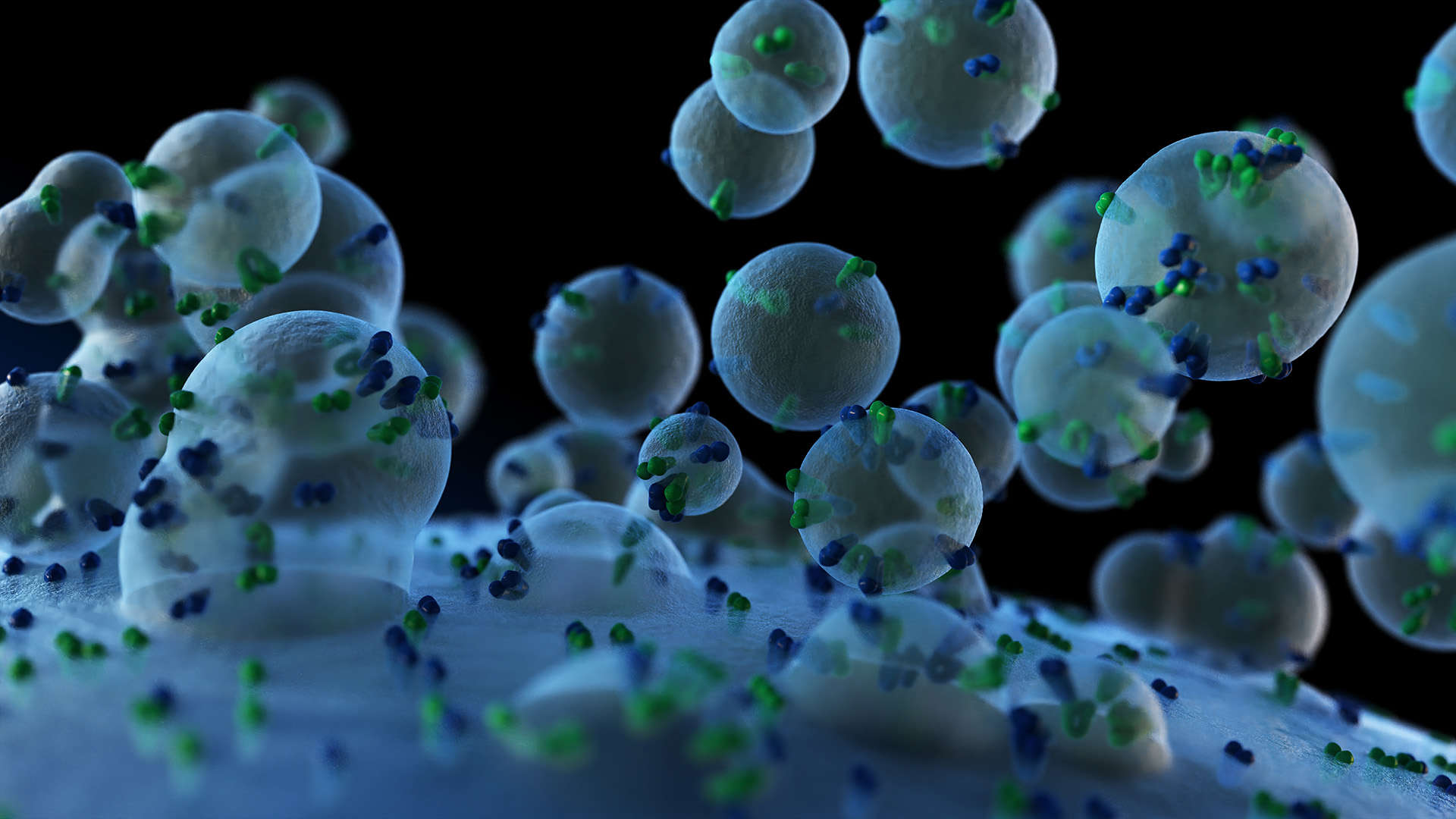Yeast Two-Hybrid Service
Online InquiryThe yeast two-hybrid system can be used to study protein interactions in living cells. Weak, transient effects on proteins can also be sensitively detected by the expression products of reporter genes. It is a highly sensitive technique for studying the connections between proteins. Creative Proteomics can provide yeast two-hybrid services for cytoplasmic proteins, nuclear proteins, membrane proteins, and more. We have rich experience in yeast two-hybrid technology services, which can help customers analyze and solve various problems encountered during the experiment.
We Provide the Following Services, including but not Limited to:
- Nucleoprotein system yeast two-hybrid library screening technology service
We can provide two systems for screening: pDEST22 and pGADT7
- Membrane protein system yeast two-hybrid library screening technology service
We can provide DUALmembrane system and Sos Recruitment System (SRS) for screening. The UALmembrane system is based on an isolated ubiquitin (split-ubiquitin) -mediated yeast two-hybrid system. This method makes it possible to analyze the interactions between membrane proteins. This technology can be used for membrane protein-membrane protein, membrane protein-soluble protein interaction studies.
- Reverse two hybrid library screening technology service
This technology is mainly used to further study the relationship between structure and function after determining the interaction between proteins, such as determining key sites for protein-protein interactions or individual amino acids and specific structures that play a decisive role. This technology is characterized by an anti-selection screening strategy. The key is that the expression product of the reporter gene can inhibit cell growth. In this way, when the bait protein interacts with the target protein, a toxic reporter protein is expressed and the cell cannot grow.
- Verification test
According to the results of yeast two-hybrid experiments, we can provide the following two methods for further verification: Co-IP and GST pull-down.
The Process of Yeast Two-Hybrid Service
- Library construction

- Library screening

Advantages of Yeast Two-Hybrid Protein Interaction Service:
- The validation of interactions in cells can reflect the actual interactions between proteins.
- The test result is the cumulative effect of gene expression products, so it can detect weak or temporary interactions between proteins
- Creative Proteomics has rich library construction experience and 4 optimized total RNA extraction technology solutions, which can effectively ensure the purity and integrity of total RNA and ensure the diversity of samples.
- Efficient SM-directed three-frame library construction technology can ensure that the positive rate of the library is above 98%. A cDNA sample connected to three different reading frame vectors can achieve zero differences in the quality control indicators of the three-frame library, reducing the effect of library differences on the screening results.
- When screening cDNA libraries, the two-hybrid system can quickly and easily obtain gene sequences encoding interacting proteins. This method only needs to construct a plasmid without preparing antibodies or purified proteins, and omits the tedious steps of protein extraction and purification necessary for other methods for detecting interactions between proteins in vitro.
Applications of Yeast Two-Hybrid Service
- Detect the interaction between a pair of known proteins.
- Screen a two-hybrid cDNA library with protein genes of known functions to study the pathways of protein-protein interactions.
- Through point mutation or deletion mutation treatment of the test protein, study the domains necessary for the interaction between a pair of proteins.
- Analyze the biological function of new genes. Screen a library with a new gene of unknown function, and then infer the function of the new gene based on the function of the known gene.
Sample Requirements
- Cell sample: number of cells > 1 × 107
- Animal samples: > 1 g
- Plant samples: > 2 g
- Total RNA: > 200 µg
- Screening services: customers provide bait genes or constructed bait plasmids
Want to Know about Other Subcellular Protein-protein Interaction Analysis Techniques?
References
- Lin J S, Lai E M. Protein–protein interactions: yeast two-hybrid system//Bacterial Protein Secretion Systems. Humana Press, New York, NY, 2017: 177-187.
- Paiano A, Margiotta A, et al. Yeast Two‐Hybrid Assay to Identify Interacting Proteins. Current protocols in protein science, 2019, 95(1): e70.
* For Research Use Only. Not for use in diagnostic procedures.



